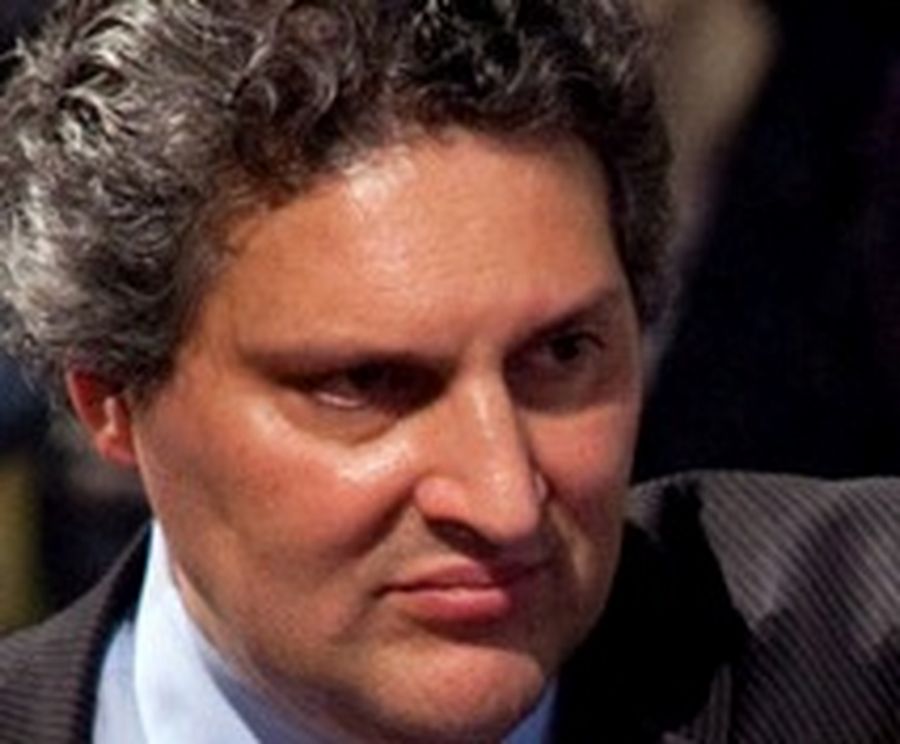
Keith Mullin, Editor-at-large, IFR
The Libor fixing investigations that are starting to gather pace around the world could become this summer’s cause celebre. Now that hedge fund FTC Capital has upped the ante by lodging lawsuits against a raft of banks, I can just see the anti-bank lobby pouncing on it, blowing it out of all proportion and claiming it as yet another example of shameless skulduggery and serial malpractice by evil banks.
This story has been bubbling under for years. I don’t know what new evidence US, European and Japanese regulators have garnered to ramp up their investigations now, but I suspect it’ll be hard to prove incontrovertibly that banks formed an illegal cartel to game the daily Libor fixing.
That’s a big claim. It’ll also be difficult to prove that contributing banks’ treasury operations colluded with their derivatives desks in an incidence of long-term insider trading.
This has all the hallmarks of posturing to make a point that’s not entirely clear.
Beyond the potentially devastating nature of the accusations, the case has once again thrown into sharp relief the way in which the interbank rates are calculated.
The BBA asks contributing banks: “At what rate could you borrow funds, were you to do so, by asking for and then accepting inter-bank offers in a reasonable market size just prior to 11am?”
It’s a question that’s far too open to interpretation and which offers far too much latitude. It seems incredible that a US$350trn financial products industry relies on the answers to such a vague question. And I don’t care what the BBA says to the contrary, it is vague.
Manipulation
The way Euribor is set is potentially even more open to manipulation. If the BBA at least asks banks where they themselves could borrow, the European Banking Federation asks its panel of banks to quote away from themselves, where they believe one prime bank would lend to another prime bank. That’s even more theoretical and ridiculous.
In normal times and in stable market conditions, the dispersion of levels is minimal, but between 2006 and 2008 banks had a clear incentive to submit bogus levels that would have under-played the amount of stress they themselves might have been suffering or that the system was definitely suffering during that period of brutal risk aversion. Submitting an elevated level would have been tantamount to funding suicide.
The BBA and the EBF need urgently to change their calculation methods. The only reliable metric is one based on actual transactions. If Libor/Euribor are to remain as key global money market benchmarks, they have to be beyond manipulation.
The BBA says it is not possible to use actual trades: “Not all banks will require funds in marketable size each day in each of the currencies and maturities they quote. However, this does not mean the rates do not reflect the true cost of interbank funding. A bank will know what its credit and liquidity risk profile is from rates at which it has dealt, and can construct a curve to predict accurately the correct rate for currencies or maturities in which it has not been active.”
Poppycock! The BBA needs to wake up and understand that this is 2011 and the gentlemen’s agreement soft-touch approach to financial market operations just doesn’t work any more.